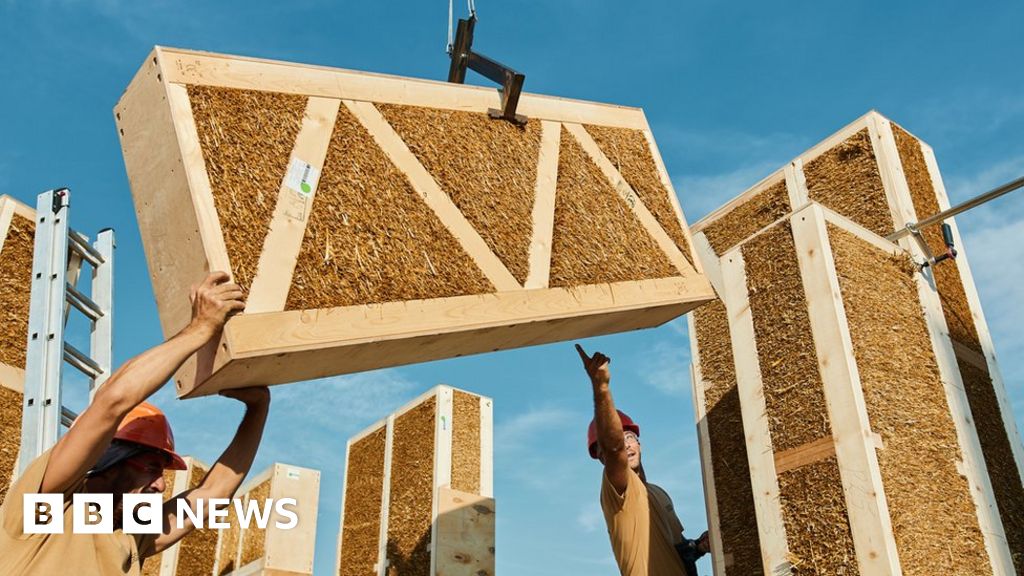This didn’t seem quite serious enough for UK, but it’s kinda neat.
Big Bad Wolf could not be reached for comment.
And as Insulation seems to have become my Special Interest at the moment, I dug into the material a little more.
It’s supposed to be installed 400mm thick.
It has a transmission value of 0.12WMK.
So 400mm on the outside of the house is equivalent to…150mm of glassfibre or 75mm of cellotex.
As it’s vapor permeable, it shouldn’t have any of the damp issues poorly installed insulation suffers from.
So, if you can get away with the look, and have the space outside, it’s a pretty cool (/warm) material.



I’m sure the fire department would love it
It’s apparently 120 minute fire rated. On the outside of a building, that’s a fair amount (and certainly better than PIR board, see Grenfell!)
We rate materials and construction by how long it takes to burn, and that time is generally a reasonable amount of time to get out of the building. For example, a domestic ceiling needs to withstand for 30 minutes.
My own experiments with Stieco found it was very hard to actually set alight on a bonfire. I’m not sure how straw fares, but the woodfibre based board tended to char and prevent further spread. (Until it reaches a flashpoint, I guess)
Fire rated, sure. But how does it hold up in a windstorm? Asking for a little pig friend.
https://blog.csiro.au/straw-house-1-fire-0/
If you’ve ever tried to burn a book, you can imagine that tightly packed straw would be hard to ignite. I wonder if they can spontaneously combust if water gets in and it starts to rot? Mainly a worry for green hay, but I wonder. https://www.ag.ndsu.edu/news/newsreleases/2011/july-25-2011/don2019t-risk-hay-fires/view
Done much book burning recently?
Not recently. But I have burnt the odd one. They do wear out and get gross you know.
Big bad wolf rubbing his hands too. Rookie mistakes people!